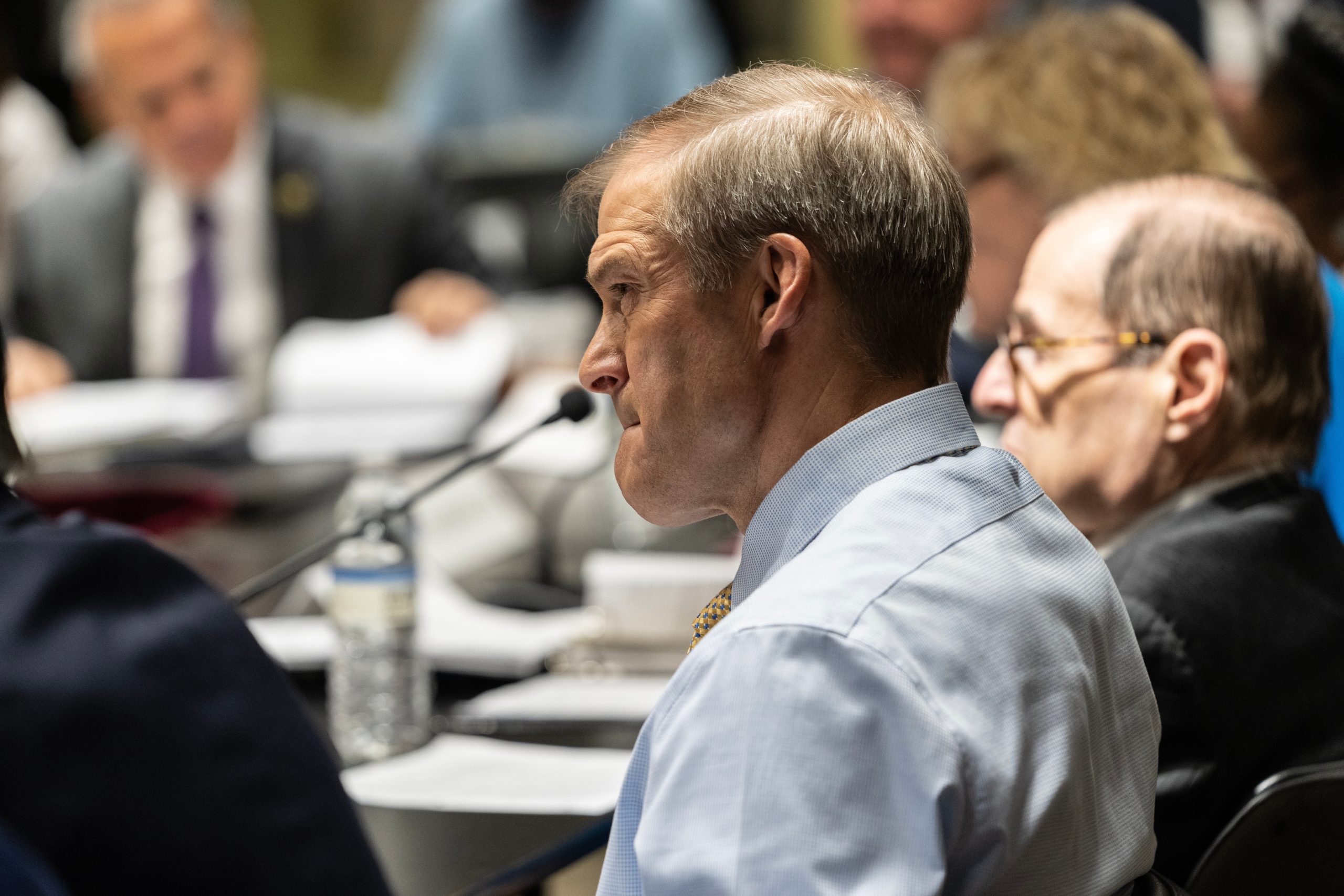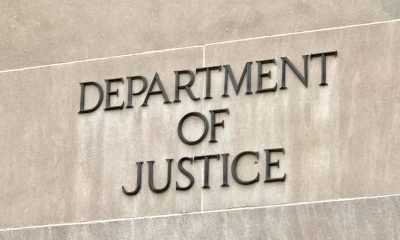Jim Jordan Intensifies Censorship Investigation Into Stanford

Rep. Jim Jordan (R-OH) is pulling out all stops to compel Stanford University to comply with congressional demands for information on how its programs classify “misinformation.”
The university is home of the Stanford Internet Observatory (SIO), which plays a major role in determining what is considered fraudulent information. In a Thursday letter, Jordan told the school’s legal team that its response so far to an April subpoena was “insufficient.”
Of particular importance for Republican critics are a pair of programs from the SIO that implement the Jira Ticketing System to spot what is deemed misinformation. Its censorship efforts hit the ground running in 2019.
The programs being scrutinized are the Election Integrity Partnership (EIP) and the Virality Project (VP).
These insidious efforts were exposed by the Twitter Files as working hand-in-hand with the federal government to stifle the flow of information. Even if that information was determined to be factual.
Of particular importance for the Stanford projects were voter fraud in the 2022 election and the COVID-19 vaccine.
Now the Select Subcommittee on the Weaponization of the Federal Government wants answers, and it is willing to go to great lengths to not allow the perpetrators to get away with outright censorship.
Jordan is threatening “criminal contempt of Congress, civil enforcement, or ‘inherent contempt.’” Stanford has until June 14 to meet Jordan’s demands or the committee said it will act.
As for the social media censorship accusations, independent journalist Matt Taibbi’s revelations in the Twitter Files starkly exposed the level of suppression of free speech supported by the university. Even stories of “true vaccine side effects” were deplatformed by the Virality Project.
The school also went after “true posts that could fuel hesitancy.”
SIO was so pervasive that it monitored posts on Twitter, Facebook, Google, YouTube, Instagram, Medium, TikTok, and Pinterest. It was successful in getting roughly 35% of content it flagged removed from these social media platforms.
As the Stanford Review observed, it was mostly Stanford students who scanned millions of Twitter posts and reported them for failing to comply with their standards. Factuality did not matter as much as the standards of SIO officials.
Taibbi called it the “Censorship Industrial Complex.” The goal, which was largely realized, was to control online discourse and thus the information available to the American public.
This should frighten and outrage anyone who is a defender of civil liberties.
























